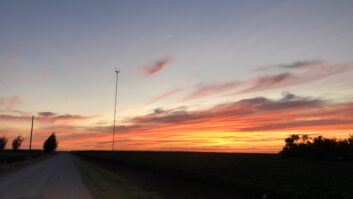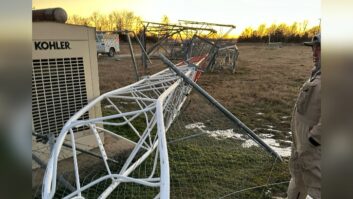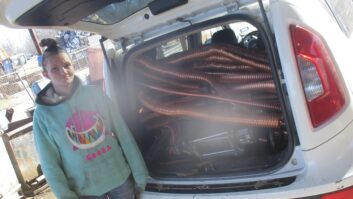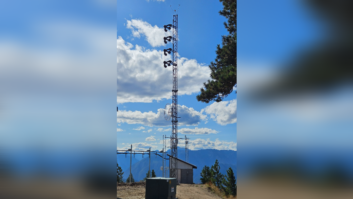The FCC has begun granting tower owners permission to modify the lighting on their structures.
Radio World is starting to hear from station owners who have applied to turn off some of their tower lights, hoping to save some money in power costs. Officially, the reason for the change is that federal wildlife biologists and other wildlife experts believe fewer migratory birds would die each year if steady red obstruction lights for towers taller than 351 feet were turned off while blinking lights are left on.
Broadcasters have never believed that towers caused an inordinate amount of bird deaths, pointing to studies that indicate cats, buildings and windows caused more bird deaths. However, the issue has dragged on for years. Eventually, the FAA bought into the change and the FCC said it would follow that agency’s lead on the issue.
The FAA agreed the change would not affect air safety and updated its tower obstruction lighting standards: Advisory Circular 70/7460-1K, Obstruction Marking and Lighting.
Broadcasters who want to turn off the steady lights must go through a two-step process, first asking the FAA electronically for permission, using the FAA’s “Deviation from Red Obstruction Light Standards.”
Once getting the nod from the FAA, the tower owner must then apply to the FCC, also electronically, to turn off the specific lights.
Officially, the FCC applications are for the modification for Antenna Structure Registrations. Once approved, a broadcaster may receive an email that reads: “We have granted the modification applications for tower registrations [using a specific tower number] with a special condition that notes: The FAA has approved the absence of steady burning red obstruction lights on this structure. Accordingly, this tower will use red flashing lights only.”
When the lights have been turned off, the tower owner then needs to notify the FCC using Form 854 for each structure.
The Spectrum and Competition Policy Division, which handles tower registrations, tells Radio World that it has received nine applications; six have been granted and three are pending. The towers may not be specifically broadcast-use only; the agency doesn’t distinguish between, say, a request from someone who owns a cell tower or a broadcast tower. Some structures are used for both.












